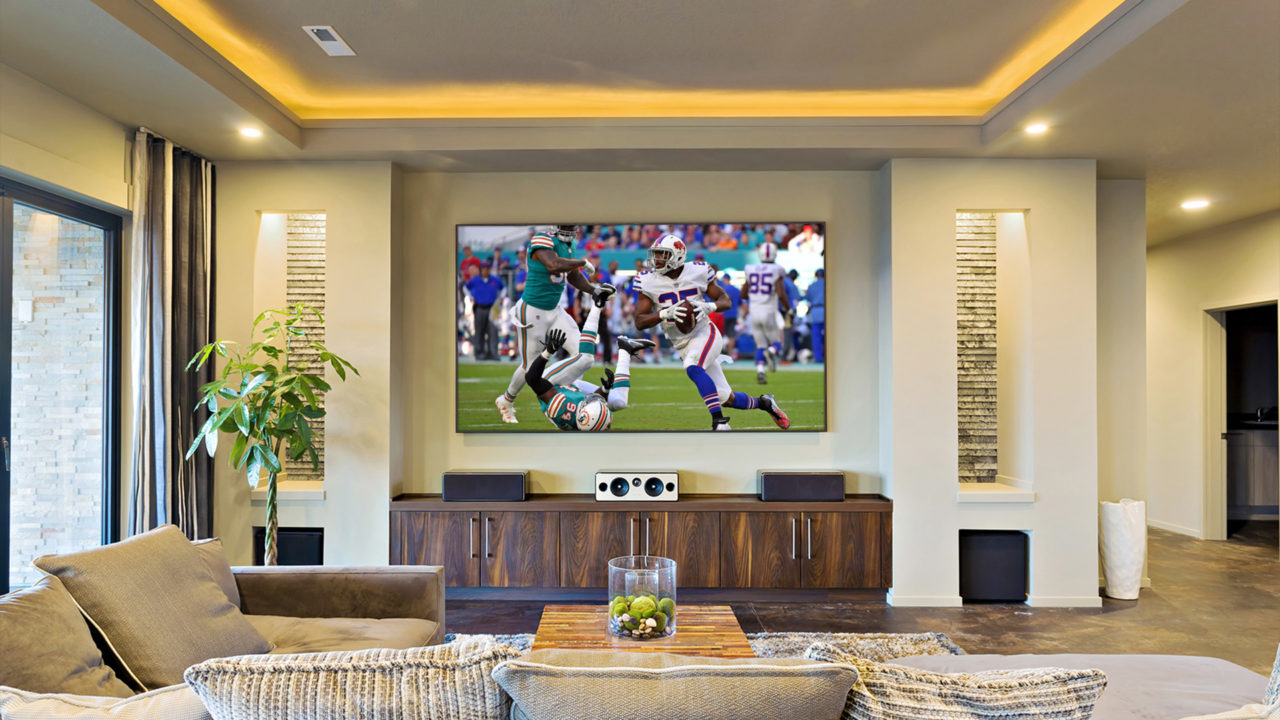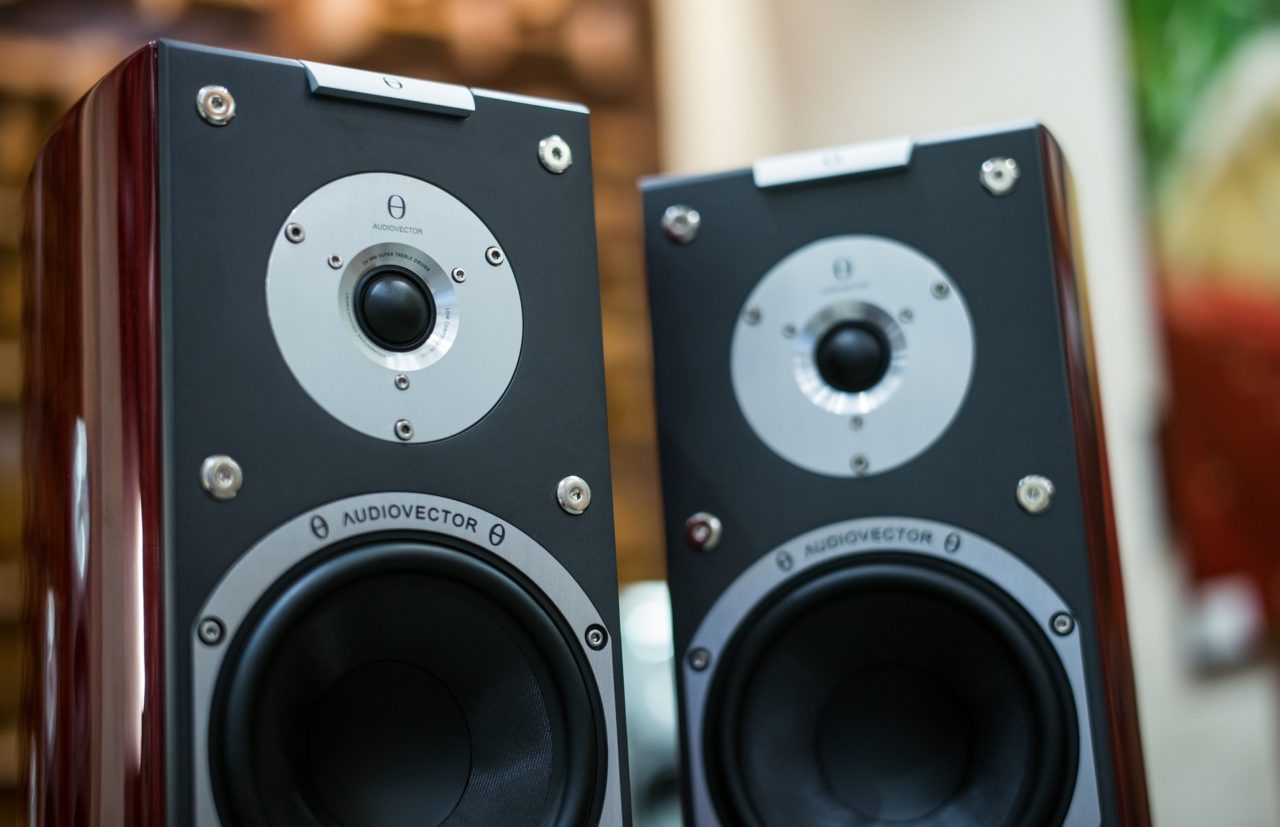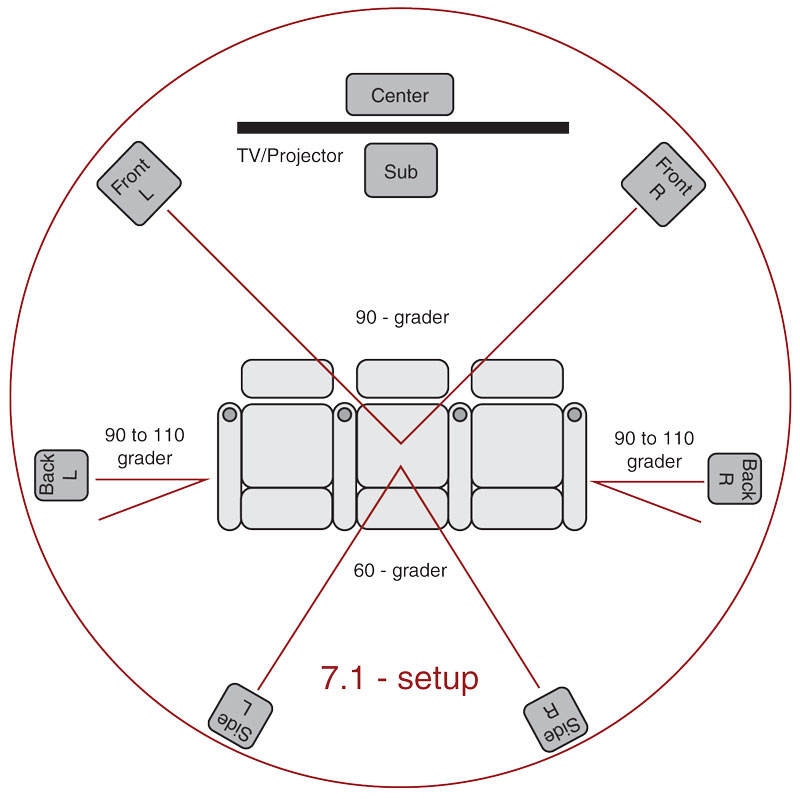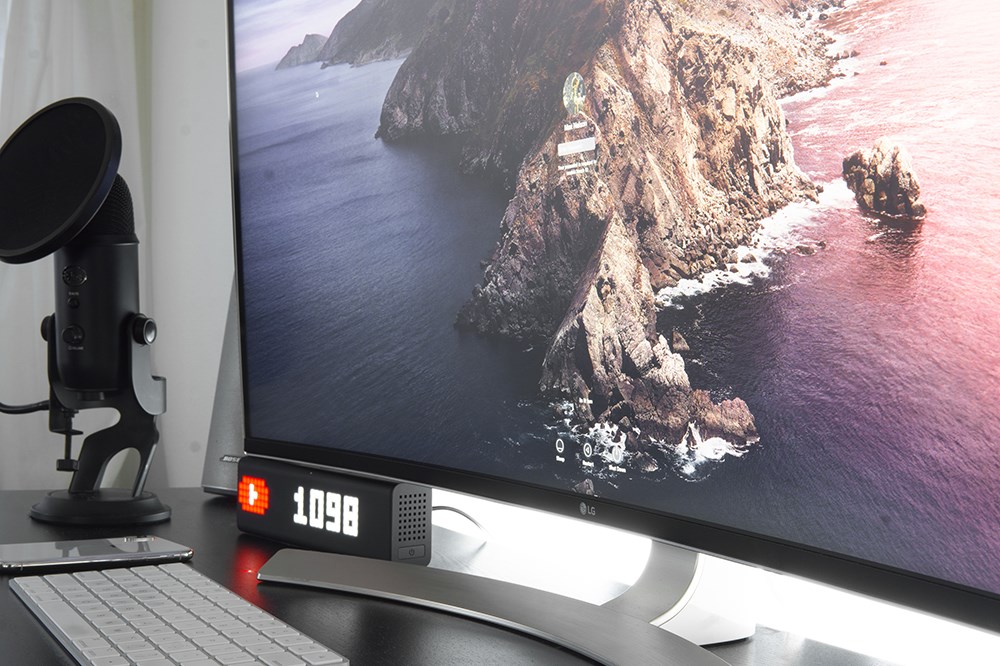Just Like Living in a Stadium: 6 Surround Sound Tips For a True Sports Fan

If you’re a sports fan in search of a way to amplify your game-watching experience at home, then you definitely need to invest in a surround sound system and, by extension, a home theater or man cave of your own. A home theater is one of the most technically challenging spaces to design. Not only do you have to understand acoustics, you also have to know about layouts, speaker placement and some clever ways to induce a largely 3D sound effect in a very limited amount of space.
The first thing you should know about is the different types of surround sound systems available in the market. The most common and popular options are a 5.1 (which includes 5 speakers and one subwoofer) or a 7.1 (which comes with an additional pair of speakers) system. These typically include:
- The Center Channel Speaker: For dialogues & 50% soundtracks.
- Front Left & Right Speakers: For music & soundtrack effects.
- Surround Left & Right Speakers: For 3D sound effects.
- Subwoofers: For low end bass production.
After you’ve made your purchase, it’s time to manage the placement and interior design. Here are 6 surround sound customization tips for a true sports fan!
Angled Ceiling to Amplify the Sound
The Center and Front Left and Right speakers are placed at the very forefront of your entertainment center. They produce most of the dialogues and background music effects for whatever you’re watching. Therefore, in order to enhance the vocal output of these front speakers, you can go for a slanted ceiling in your living room or home theater. Of course, if that’s doable!
A slanted ceiling can deflect some of the first order sound reflections to the back of a room, and away from the listening area. Just make sure that the low end of this slanted ceiling faces your screen and the wider part of the ceiling faces the end. You can place your sitting area in the middle to get the best sound experience.
Don’t Conceal The Surround Sound Speakers
The Surround Left-Right Speakers are responsible for creating a 3D sound effect that envelops the whole room. So when you’re setting up your home entertainment center, you must always pay special attention to the placement of these speakers. You may feel the urge to go for in-ceiling surround sound speakers, but note that it will take away from the listening experience. Going for in-ceiling speakers can dampen the 3D sound effects, which can take away from your authentic stadium experience. Since our hearing is more optimized towards front and side sound cues, it is best to place these speakers horizontally, at a distance of about 2ft or more above the ear level.

Image via Gavin Whitner
Use Indoor Sound-Proofing to Avoid Echoes
When you’re designing the interior of your room for watching TV, always make sure that you use indoor-sound proofing. This consists of indoor mediums like furniture and wall upholstery, and other soft-core materials that can absorb sounds. Hard materials deflects sounds, which can undermine the functional and pragmatic aspects of your home entertainment center. This is one of the reasons why even movie and IMAX theaters clad their walls in fabric paneling. Since a surround sound system covers all 360 degrees of a room, it is important to avoid hard surfaces and materials when you are designing a room just for watching television, movies and sports.
The Size and Dimensions of the Room
When you’ve decided to go for a special room just for entertainment at home, with a full-surround sound system, always pay special attention to the size and dimensions of the room. This is because square rooms with evenly divisible dimensions have terrible acoustic output. The equilateral dimensions of a square shaped room can result in “standing waves” which disrupt the listening experience by either amplifying the bass too much or create areas with zero bass volume. This problem can be incurable, so you have to be especially careful with the initial analysis and choice of the room.
On the other hand, a rectangular or an irregular shaped room can help minimize the standing waves dilemma, and create a more wholesome and pleasant listening experience whenever you’re watching something.
Investing in More Than One Subwoofer
The subwoofer is responsible for producing the low-bass acoustics, which is extremely crucial for creating the best listening experience at home. Therefore, you must always carefully appraise if the proportions of your room are suitable for a single subwoofer or would you need more in order to capture that authentic stadium vibe while watching the game. According to Sound & Video Contractor, a single woofer with an internal amplifier is enough for a typical home theater of about 2100 cubic feet. However, if the volume of your room ranges between 4000-8000 cubic feet or is larger (usually due to a tall ceiling) then you should consider going for an extra subwoofer to maintain quality acoustic standards.
Speaker Placement Relative to Sitting Area
Speaker placement is another crucial detail that you must pay the utmost attention to while designing and arranging your entertainment center. It is important to understand your equipment and how it can impact your listening experience before you randomly set it up in various parts of the room. You can take a look at this extensive guide to understand what type of speaker works best in what arrangement according to the 2.1, 5.1 and 7.1 surround sound channels.
So these are some essential surround sound customization tips that will help you get the best experience in your home theater – it’ll be just like living in a stadium!
This is a guest post by Katie Porter, an aspiring writer, movie lover, and part of the team at Seatup. In her free time, she enjoys exploring her home state Colorado and plays in women’s amateur rugby league.

















